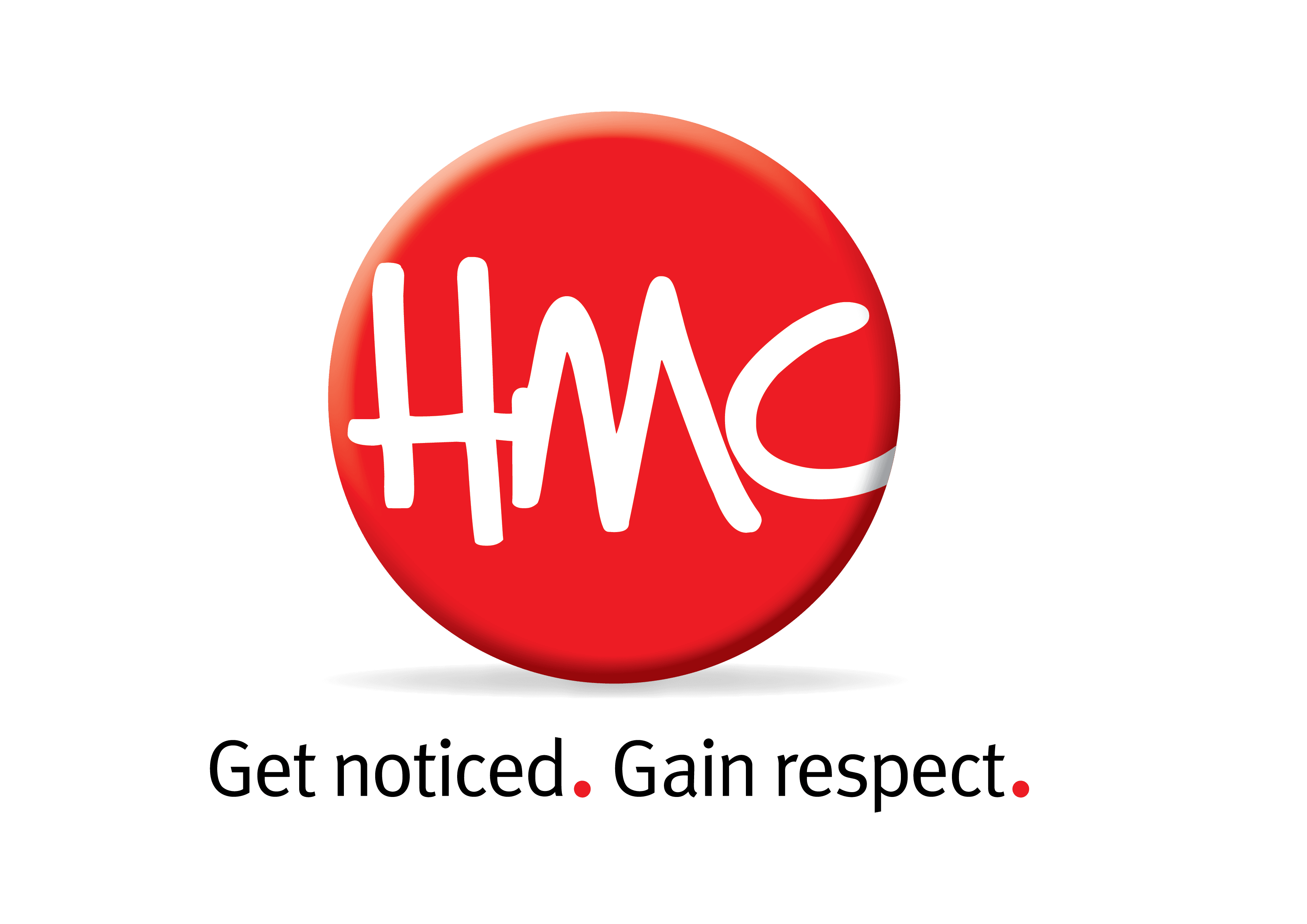“If you don't know where you are going, you'll end up someplace else.” – Yogi Berra
I once had a client who had a story to tell, but when it came time to tell it, he lost his way.
We’d gone over everything in advance. Prepared some key statements. But the journalist grilled him, for more than an hour, and at some point he went off script.
When the story came out the next day – front page news – he was mortified. He came across negatively, and a few comments had been taken out of context. “That’s not what I said,” he told me. “Well, that’s not what I meant to say, anyway…”
He didn’t stick to his key messages, and unfortunately that got him into trouble.
It demonstrates the importance of knowing, and sticking to, your key messages.
For public relations professionals, key messages are essential tools for almost every aspect of what we do – from communications plans to writing a press release.
What are key messages?
They are the main statements or messages you want to convey to your target audience or audiences. They need to be simple and easy to remember.
Key messages should be well thought-out, relevant to your audience/s and help you focus on the essentials.
When you know your key messages, you have a template you can use and modify for different channels and situations – whether on social media posts, a company website, for media interviews or in a CEO’s speech. Knowing your key messages gives you confidence in all aspects of your communications.
How do you create good key messages?
- Think strategically – what are your overall goals and objectives. Distil that.
- Don’t have too many key messages – that’s too hard for people to remember – four to six should do it. Keep them simple, easy to understand, with no jargon.
- Consider how your messages relate to your different audiences – do they answer what they want to know, or are they relevant?
- Also consider the communication risks – what could go wrong, and the tricky questions you might face. Key messages need to be truthful, accurate and transparent.
- Typically, key messages are developed as part of an overall communications strategy – so everything is cohesive.
So how do you stick to your key messages?
Whether you are writing a press release or speaking to a journalist, you need to know what your messages are to articulate them. Understand them and make them your mantra.
Your key messages become the framework for the story you want to tell. They are the bones, and from there you can flesh them out, give them shape. One key message in a campaign may be the subject of one social media post, for example, and it all ties back to the overall communications strategy.
If you are speaking to a journalist or being interviewed, write your key points down and have them handy. It’s easy to forget or get distracted by a line of questioning.
Sticking to your key messages will keep you on track, and help avoid meandering communication and confusion. No one likes waffle (unless it’s the kind you eat)!
It’s especially important to stick to key messages if it’s a controversial or crisis situation.
If in doubt repeat your key messages, don’t deviate.
It doesn’t mean repeating them robotically, but it means knowing what you do want to say – and what you don’t.
If you can’t or don’t want to answer a question, then plan ahead of time a way of talking yourself back to one of your key messages. To do that skilfully takes a bit of training and practice, but it’s easy enough for anyone to master.
Media training with the HMC Communications team can give you the skills and confidence to develop and deliver your key messages – so that you are prepared, and in control, with your communications.
To find out more about media training, or book meeting to find out how the HMC team can help you develop some key messages or communications plan for your business or organisation, email kate@hmc-communications.co.nz or call 07 444 5016.

